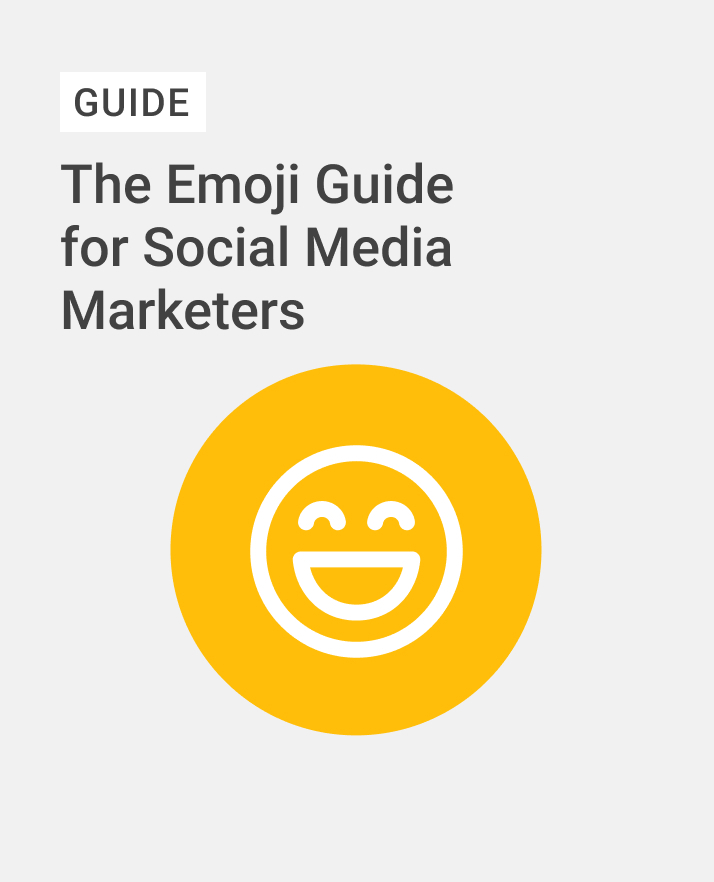5 Social Media News Stories You Need to Read Right Now
By Yasmin PierreOct 8
Join us as we explore how social media, AI, and other emerging technologies are driving the future media trends.
Published July 14th 2023
Emojis have become a universal way to communicate for consumers and brands alike.
Why do you need emojis? How can you incorporate them in marketing? Read on for emoji marketing tips..

Existing customer?Log in to access your existing Falcon products and data via the login menu on the top right of the page.New customer?You'll find the former Falcon products under 'Social Media Management' if you go to 'Our Suite' in the navigation.
Brandwatch acquired Paladin in March 2022. It's now called Influence, which is part of Brandwatch's Social Media Management solution.Want to access your Paladin account?Use the login menu at the top right corner.